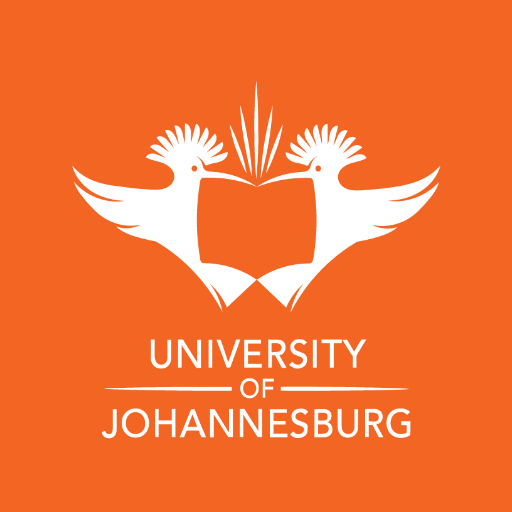My Tuebingen University experience
Home » About UJ » Global Engagement »My Tuebingen University experience – January 2017 (3 weeks)
I arrived by plane in Stuttgart – a setting which was unfamiliar to the sunny semi-dessert Northern Cape province where I grew up. What kind of people would I meet?… how would I adapt to the weather?…which places would I see?… these were all questions in my mind.
As a young boy I watched many documentaries on World War 2 and while studying at the University of Johannesburg I met a few German exchange students with whom I became friends. I had a rough picture of Germany in my mind and I was eager to learn more about the country.

Soon I would be walking in the very streets that have seen such disastrous events and survived physical destruction – the case for most of Tübingen. The German people that I had interacted with were always such great people and I wondered, “Couldn’t this war have been avoided?”. I wondered about the the role of philosophy, economic and social factors in those times. How did the post war times shape the every day lives of the German population?
In the 1st week our group visited the industrial city of Stuttgart. We had the privilege of seeing the Daimler factory in action – the main producer of arms during the war and better known today for the manufacture of Mercedes-Benz. Most of the buildings we saw in the city were new and modern. We learned that most of the city was destroyed during WW2. An American observer had claimed after 1945 that “nothing will ever be produced here again”. Yet today, Daimler is a world leader in the automotive industry and Stuttgart is a hub of industrial activity.
On return to Tübingen I walked along the island near the Neckar Brücke. I looked at the beautiful tall trees on either side next to the water. The white snow everywhere creating an enchanting atmosphere. Halfway through the island I observed an empty space with a cement foundation – something was probably removed here. When I reached the end of the island, I saw a monument to the poet Phillip Fredrick Silcher and a soldier. Next to it, a picture of the same island in 1941. The picture depicts huge swastika nationalist flags hanging next to the trees. The island became eerie as I imagined the scene in 1941, with the nationalistic agenda behind the monument.
On the weekend I embarked on a trip to Freiburg to see my friend Elli. She walked with me through the beautiful city which has a mix of old and new buildings, similar to Tübingen, but larger. In a very busy street I saw a sign with a tribute to a Jewish shopping center which no longer exists. Elli told me that this street was known as Adolf Hitler street in the Third Reich. On a smaller street I saw a yellow tribute stone for a Jewish mother and child who were sent to the Auschwitz concentration camp.
I learnt from a Venezeulan exchange student, Paula, that Tübingen was one of the first places in Germany which claimed to be “free of Jewish people”. She also told me about Jewish monuments in Berlin that make you feel as if you are standing in a concentration camp. Monuments indicate the void that is left by the victims. 6 million people gone…
This is in stark contrast to what you see in Tübingen today. Most German people welcome refugees from different religious and ethnic backgrounds with open arms. I see graffiti saying, “kein Mensch ist illegal” – no people are illegal.
On my route back to my house family in Tübingen I learnt that the large buildings in the section known today as The French Quarter were used by French soldiers from 1945 till 1991. The post war times must have played a huge role in the social consciousness of the German people – everywhere I go people are open minded and willing to help. I am eager to further explore this interesting and beautiful country more.
#liefdewen
Mr Conrad de Kock
Postgraduate student
Faculty of Humanities
